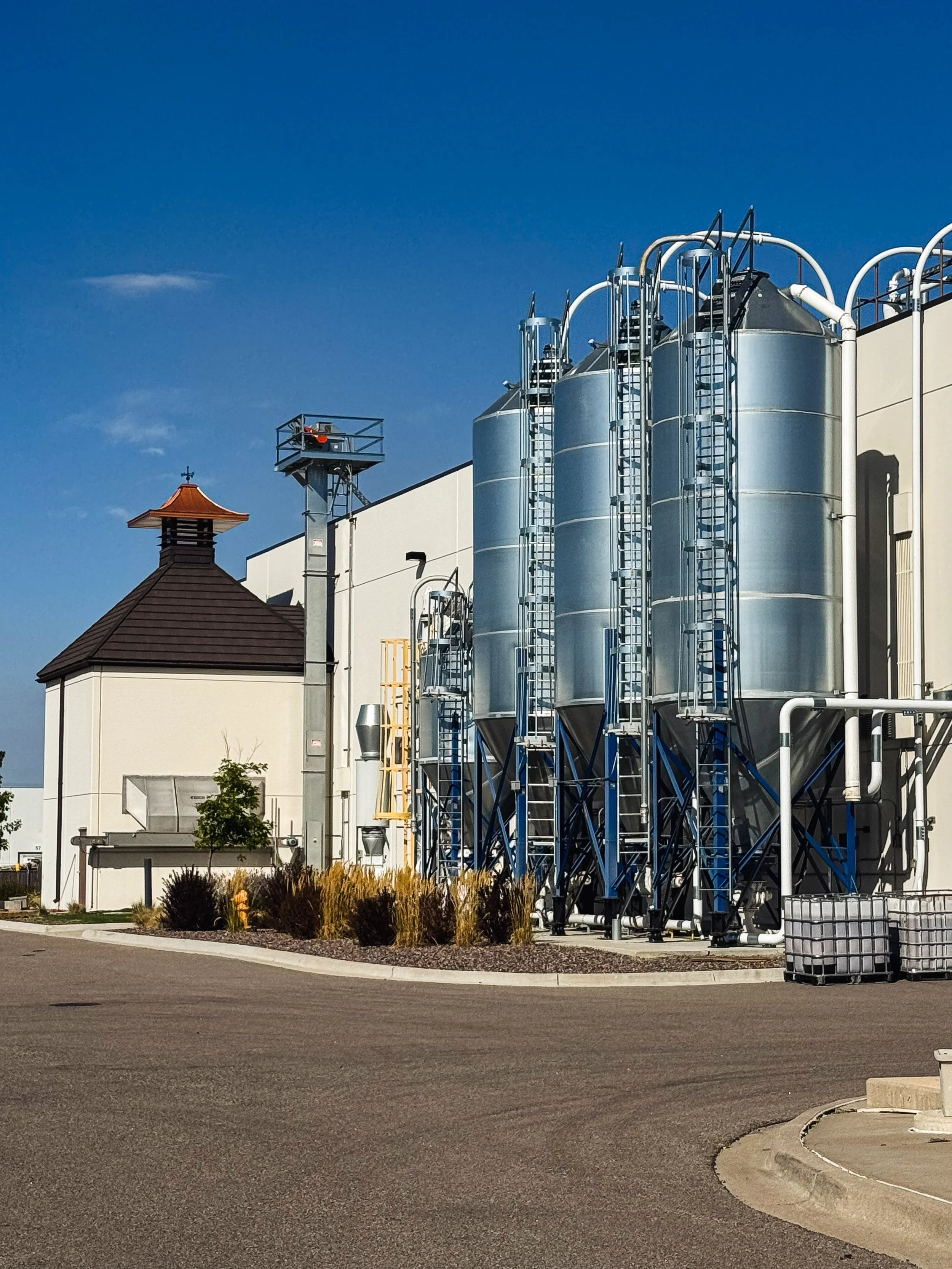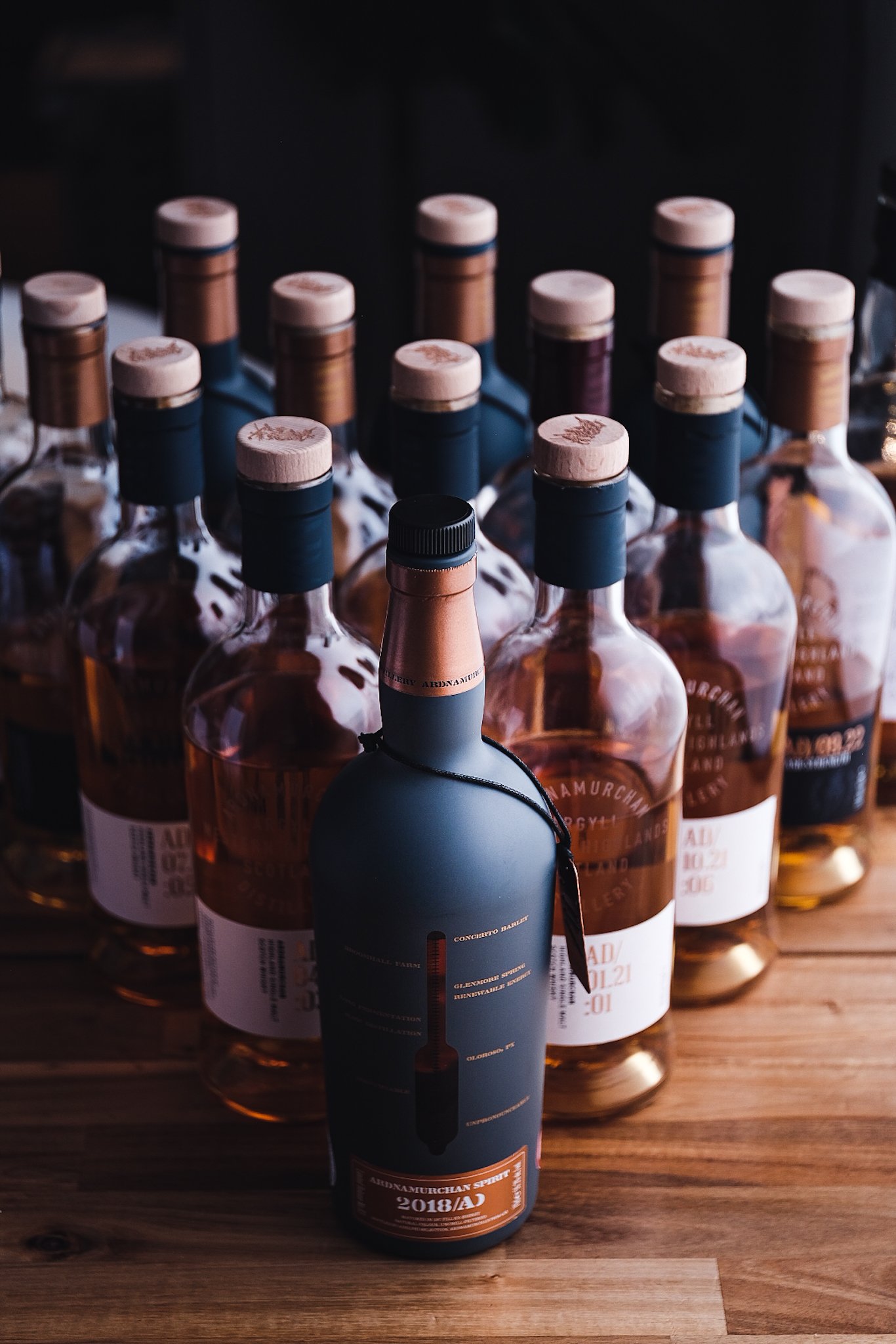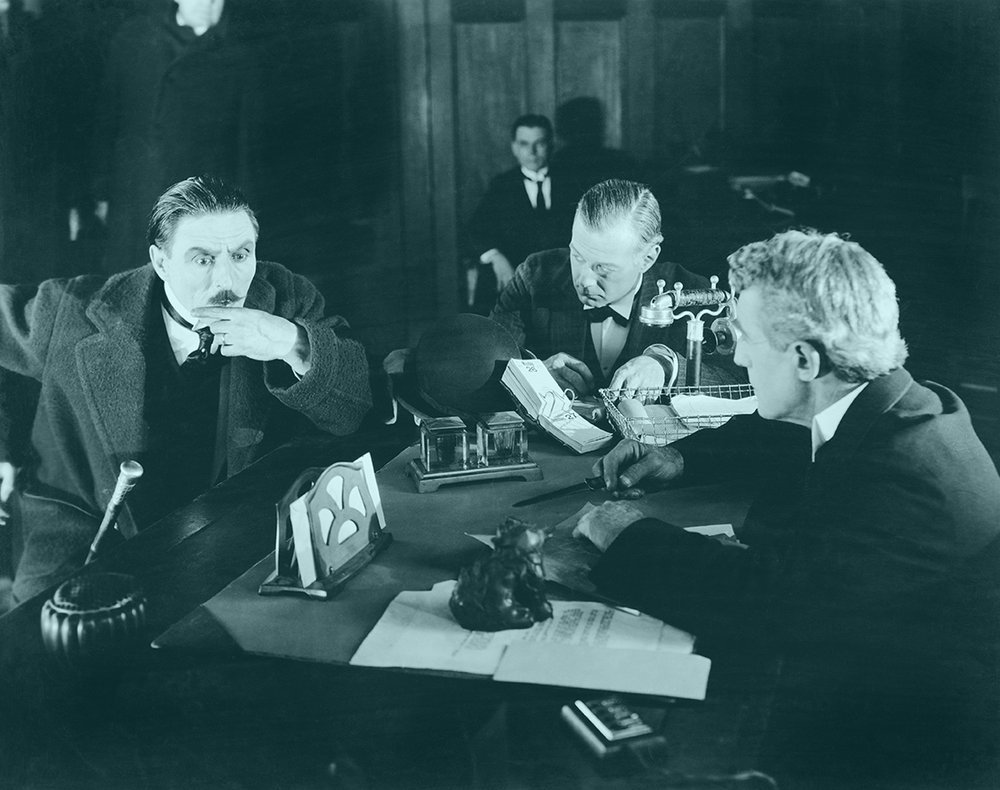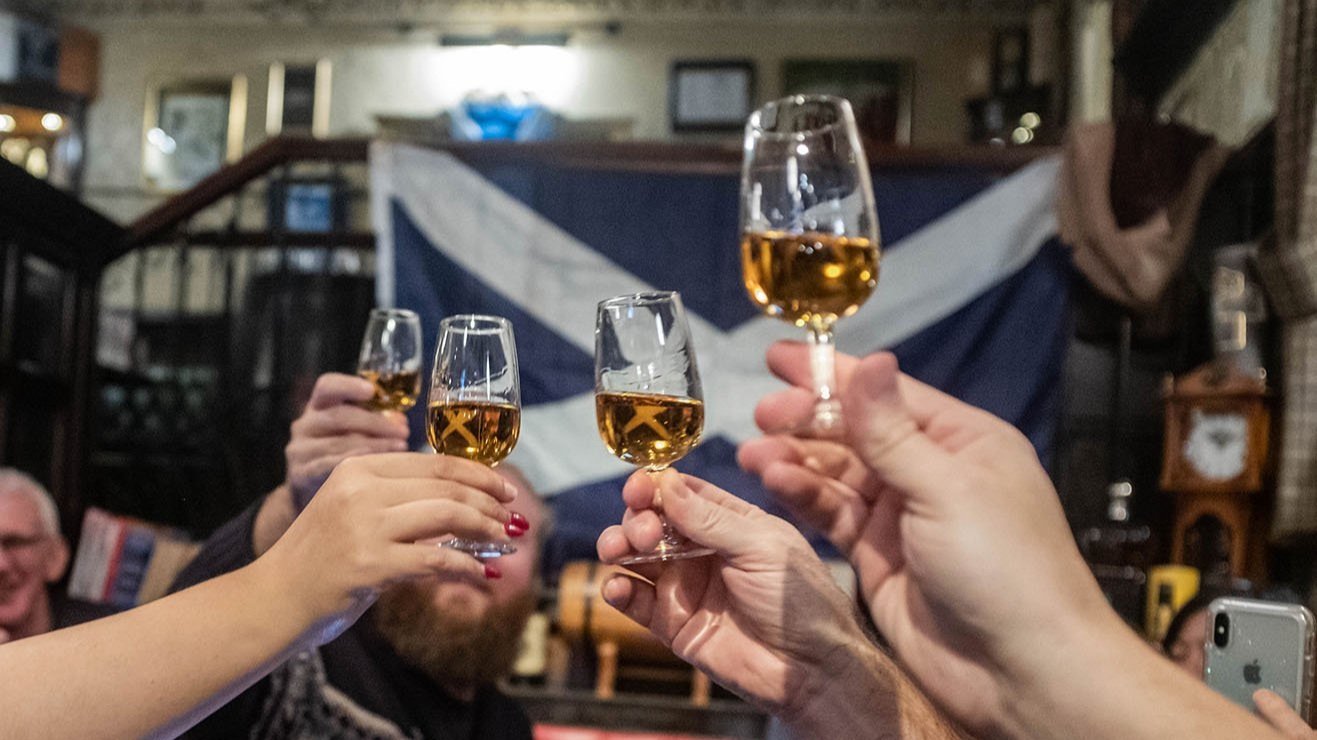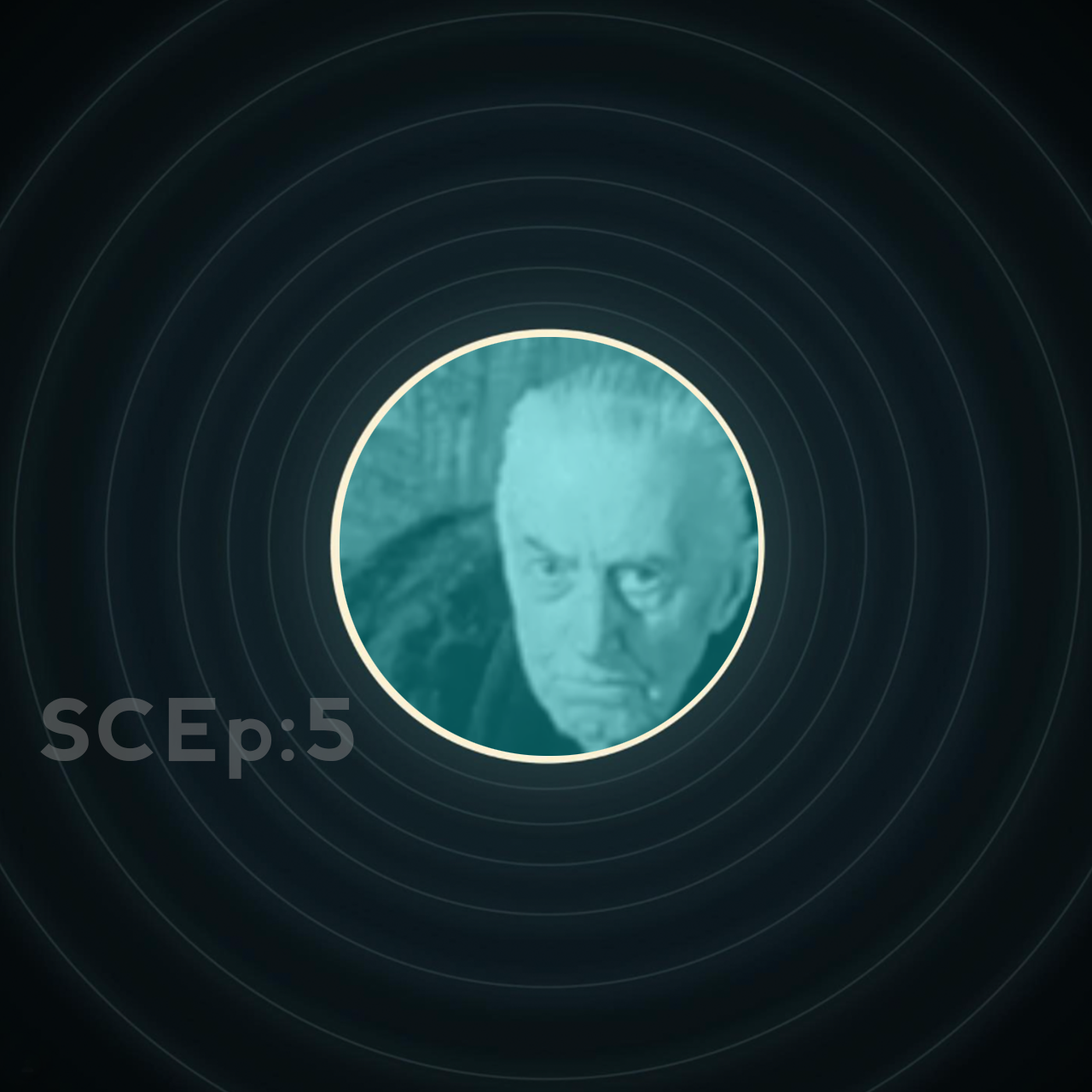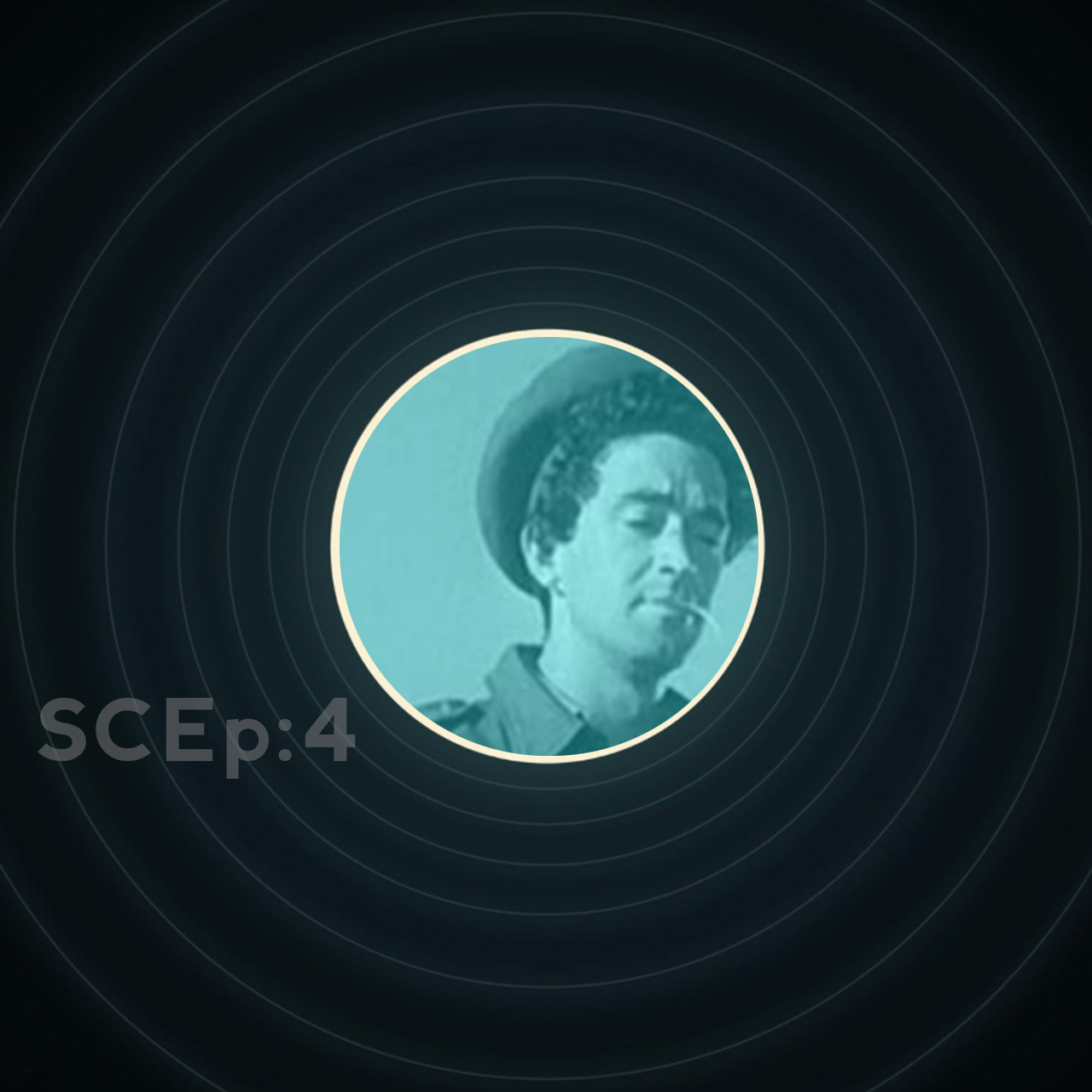American Single Malt History Pt2 - Leopold Bros Rye
25th Anniversary Edition, the Foeder Series | 55% ABV
Score: 8/10
Something special.
TL;DR
A quite remarkable revivalist rye blend
To See the Future of American Single Malt, We Need to Understand its Past - Part 2
In Part One of this whisky genre biopic - my magnum opus to American Single Malt Whiskey – I started an exploration into the history of today’s burgeoning spirit.
In Part Two, I continue to wade into the waters of North American whiskey history moving from the 1600’s and 1700’s and into the dawn of the 1800’s. If you're new to this series, I suggest that you start from the beginning, it’ll help keep it all straight.
The premise for this series is to trace the lineage of today’s American Single Malt all the way back through time to its original North American forebears, one whiskey at a time. With each chapter I'll feature a whiskey that exemplifies the moment – maybe because it alludes to the characteristics of a region or maybe because it speaks to a particular historical tie.
In my previous article we journeyed back to the early 1600’s with a play-by-play of North American Whiskey’s earliest footholds on the frontier. Distilling in early Colonial America may have started with whiskey but was quickly overshadowed by other beverages of the era like aguardiente and brandy. Moving into the latter half of the 1600’s, North American Whiskey history becomes even more quiet with little record of whiskey making well into the 18th century. To continue our whiskey journey through time and place it becomes impossible to avoid the elephant in the room - or in this case the hemisphere.
And that elephant is Rum.
The Book of Rum Rye
I originally intended to title this ‘Chapter’ as “The Book of Rum” because of that unavoidably large elephant, but I’ve since realised that this is also the story of rye. Rum may have stolen the spotlight for the better part of the next century, but rye whiskey would be there to carry us into the 1800’s and beyond.
I always thought that rum’s origin story began in the Caribbean Islands during the “Golden Age of Piracy,” but turns out I was off by about 500 years. People noticed sugarcane’s many splendored benefits around 400 BC in India, where it was revered, cultivated, and refined into an array of foods and drinks. Sugar would remain an important Ayurvedic food thanks to its sweet flavour (then considered medicinal and nutritious) for aeons before proliferating west into Africa through trade with Arab merchants sometime around 900 AD.
Arabs quickly took to distilling their imported sugarcane into early versions of rum – then called “al-kohl” (which, they technically labelled anything they distilled – be it medicinal, perfume, or a beverage). Tweak the letters a bit and you’ll recognize the familial resemblance to the modern spelling for alcohol. “Sugar Spirit” and “Arak” were also names used for rum as it continued its cultivation across Africa and into Europe.
In the early 1400’s, Portuguese traders would take the ball from there and introduce it to the Madeira and Azores Islands. As fate would have it, Madeira would retain its worldly importance for sugarcane cultivation for a little less than 100 years before the Portuguese would once again expand their trade network into the New World – by none other than Christopher Columbus himself. The island of Hispaniola became the first home for sugarcane in the western hemisphere.
The distillation of sugarcane would get its earliest start sometime around 1530 by Spanish Missionaries in Mexico, but would really take off in the 1620’s in Barbados and 1655 in Jamaica when the English culturally embraced it. The British navy began issuing rum to sailors in the late 17th century (initially mixed with water or beer, known as grog), which further helped to popularise rum across its empire. In 1699, the British writer, Ned Ward, mentioned rum’s influence on the New World’s culture in his work, “A Trip to New-England."
“...rum is as much ador’d by the American English...” and
“...This is held as the Comforter of their Souls, the Preserver of their Bodys, the Remover of their Cares, and Promoter of thie Mirth; and is a Sovereign Remedy against the Grumbling of the Guts, a Kige-heel, or a Wounded Conscience, which are three Epidemical Distempers that afflict the Country.”
It would eventually become so popular, that the business of rum production grew to create an international economic engine all its own. This rum economy would connect the Caribbean islands to New England, Europe, and Africa in a complex network of trade. This powerful economic regime would dominate for the latter half of the 1600’s and through the first several decades of the 1700’s and would help create the era we now know as the “Golden Age of Piracy.” Rum’s popularity overtook other beverages of the day like brandy, whiskey, wine, and beer - gaining cult status among the more “infamous” of society. Pirates like Edward “Blackbeard” Teach, Henry Morgan, and Captain Kidd all used rum to facilitate an abundance of social lubrication and to act as a form of currency. Barrels of rum were often used in trade to pay off debts, hire ship repairs, to buy weapons and other supplies. By the early 1700’s rum was everything and everywhere.
But we’re not here for the rum.
The Rise of Whiskey
At this point, American Single Malt Whiskey is nowhere to be found, and frankly, whiskey production of any kind lays quiet for the rest of the late 1600’s and through the first half of the 1700’s. But all is not lost ,whiskey fans, the New World would have its whiskey moment soon enough.
Rum would bring us two important things however, 1) the rapid proliferation of distilleries (and the people who knew how to operate them), and 2) a rapidly growing population of folks who became accustomed to drinking distilled beverages.
All was set for rum to remain king up until the world’s power dynamic began to change. The 1700’s became an all too familiar story about governments at war with each other, the taxes used to pay for those wars, and an irritated citizenry that pushed back against paying those taxes. It's an important series of events that sets the stage for whiskey’s ascension…
Malt Tax (1725): The British government imposed a tax on Scotland for the malted barley they used for beer & whisky production. This was not well received and led to the “Illicit era” of distilling in Scotland. These economic pressures may have motivated some Scots to emigrate to the Colonies in search of better opportunities (bringing their knowledge and tools for distillation with them...).
Molasses Act (1733): The British government imposed a tax on the British American Colonies for molasses, sugar, and rum imported from non-British foreign colonies (aka the French, Dutch & Spanish West Indies). British Americans found ways around the tax, either by turning to piratical smuggling or outright defiance which contributed to a “general culture of resistance.” Enforcement was lax.
Seven Years War / French & Indian War (1756-1763): A pivotal moment in the New World that resulted in a reshuffling of the world's political powers with Britain coming out on top, gaining Canada, Florida, and parts of the Caribbean.
Sugar Act (1764): This act was a revision of the Molasses Act, which lowered the tax on molasses in exchange for more strict enforcement. The Sugar Act helped to turn the tide against rum production. It also helped to deepen the discontent from North American colonists against England - and would eventually lead to the American Revolution.
Which brings us neatly back to Whiskey
With the economic influence of rum now on the backstep, colonial farmers began the gradual shift back to distilling grains. Immigrants from Scotland, Ireland, and Germany poured into the frontier regions of Pennsylvania, Maryland, and Virginia, bringing their knowledge of agriculture and distillation from the Old World with them. As such, rye (not corn) became their grain of choice as it was familiar to them and grew easily in the challenging and unfamiliar climates.
With the turnaround in popularity, we begin to see the development of some regionalized variation in rye whiskey production. Differentiations between mash bills, production techniques, and maturation methods highlight these early colonial whiskeys in unique ways. Two of the early rye whiskey epicentres were:
The Monongahela river valley in Pennsylvania. Located in the southwest corner of the early PA, the river valley connects modern day stretches of West Virginia to Pittsburgh. Several factors made Monongahela Rye unique, starting off with a mash bill of 95-100% rye and little to no corn. Farmer/distillers relied on locally grown rye strains like Rosen, Danko, and Abruzzi to give their whiskeys a spicy character with minimal sweetness. Then, late in the 1790’s, distillers who used wooden barrels to store their whiskey began to notice flavour improvements emerging from time with the oak. This accidental discovery would later become intentional and these aged whiskeys eventually become known as “Old Monongahela Ryes”.
Maryland: Ryes from Colonial Maryland benefitted from the milder Mid-Atlantic climate than their Pennsylvanian counterparts. With this favourable growing climate came other options for the mash bill including corn, wheat, and barley. In the 1790’s, George Washington hired a Scottish immigrant named Jeptha Creed to become head distiller at Mount Vernon. Jeptha’s recipe for their Maryland style rye whiskey was 60% rye, 35% corn, and 5% barley.
The last decades of the 1700’s brought significant political changes that would have profound impacts on North America’s relationship with whiskey. Here are a few of the most important:
Canada gets in the game (1767, 69): Canadian whiskey takes root around 1769 in Quebec City. Canadian distillers originally started with rum, but soon adopted processing techniques from Europe and the lower 13 Colonies to blend a variety of whiskeys using grains including rye, corn, barley, and wheat. Rye would go on to remain a dominant feature in many Canadian Whiskeys.
American War of Independence (1775/1776). American colonists rebel against Great Britain to gain their independence. Britain retaliates with a blockade on American ports which disrupts the import of rum, molasses and sugarcane. Rum’s popularity takes a striking blow. America and Canada go their separate whisk(e)y ways.
Whiskey Excise Tax (1791): It was George Washington’s Secretary of Treasury, Alexander Hamilton, whose growing concerns for the Revolutionary War’s debts would prompt him to respond with an excise tax “upon spirits distilled within the United States.” To no one's surprise, the tax was deeply unpopular, particularly in rural regions like Western Pennsylvania where many small-scale farmer/distillers took their production ‘underground’ much like Scots did during the “Illicit Era” several decades prior in Scotland. Some of the disaffected farmers took their frustrations out on the tax collectors individually, while others would simply pick up and move to the newer territories opening up in Kentucky and Tennessee.
Kentucky (1792) and Tennessee (1796) are admitted into the United States: While it was the “Corn Patch & Cabin Rights” land grants that opened the door for settlers to move into Kentucky during the 1780’s, it was the Whisky Excise Tax that provided sufficient motivation for those looking to put some distance between them and the Tax Man. Farmer/Distillers like Evan Williams, Basil Hayden, and Elijah Craig all moved there to capitalise on the economic opportunity, fertile lands, and a dense network of river waterways. The spiritual seeds of Bourbon are planted.
The Whiskey Rebellion (1794): With the Whiskey Excise tax continuing to bear down on farmers, the number of the discontented grew to 7,000. In 1794 protestors gathered outside Pittsburgh and prepared for an attack on the city. George Washington gathered 12,000 militiamen, many of whom were veterans from the Revolutionary War, and created a temporary Federal Militia when he heard of the increasing troubles. With an all-out war against the citizens on the brink, Washington met with the rebels to negotiate a peaceful & diplomatic resolution. There would ultimately be no war and the rebellion was effectively quelled – though many distillers continued to quietly evade the excise taxes on their whiskey anyway.
Repeal of the Whiskey Excise Tax (1802): The election of Thomas Jefferson in 1800 would reflect a significant shift in Federal Policy.
The flag of the Whiskey Rebellion
By the dawn of the 1800’s rum’s fate was as good as sealed. Geopolitical changes, the economic advantages of locally grown grains, westward expansion beyond Appalachia, and the growing cultural popularisation of whiskey would set rum back on its heels, never to completely recover.
The transition from 1700’s to 1800’s would bring swift changes to North American Whiskey History. 1803 kicked things off with two important milestones: 1) the Louisiana Purchase, and 2) The Lewis and Clark Expedition. Once the Whiskey Excise tax was repealed and the new frontier of unexplored land opened up to a new generation, whiskey suddenly had everything it needed to solidify its position as America’s favourite distilled spirit.
Part Three will dive into the 1800s and how things went so right for whiskey... and how some of it went so wrong.. The 1800’s would bring us Bourbon, the Temperance Movement, Civil War, the “Old West”, Gold Rushes, Mexican Independence from Spain, and finally back to Tombstone where this all started... and whiskey would be there for all of it.
Review
Leopold Bros, 25th Anniversary Edition, the Foeder Series Blended Straight Rye Whiskey, 55% ABV
US$89.99 paid (£65)
I had originally intended to mark these stories with an appropriately selected American Single Malt Whiskey as we went along, but that plan has fallen awry I’m afraid. As I began to research and write this chapter, it became increasingly apparent that there was no appropriate Single Malt that I felt would speak to the circumstances of this era. So I sat with this orphaned time period, unsure of what whiskey would step up and take the microphone… until I stumbled across something extremely special.
American Single Malt will just have to wait a little while for its time in the spotlight again…
I must admit that I’m not a rye aficionado. I’m sure there are others at Dramface who could maybe do a better job of pinning down some of the nuanced details that rye fans would appreciate. That said, I’ll do my best to share my experience. I have two other bottles in my collection that carry a rye influence that I used to help me along during my tastings: a LAWS Four Grain Bourbon from Colorado and a Sazerac Rye Barrel Select Buffalo Trace Bourbon from Kentucky.
The Leopold Bros. 25th Anniversary Foeder Series Blended Straight Rye Whiskey is a long name for a whiskey, but it alludes to all the things that make this so special, so let's break it down:
It's their 25th Anniversary: Compared to the age of some Scottish or legacy American distilleries, 25 years may not sound like much, but Todd Leopold and his team originally started Leopold Bros. as a brewpub in 1999 and later switched to distilling in 2011. They were in fact the first “Artisanal Distillery” registered in Colorado once distillation was deregulated in the state earlier that same year.
Foeder Series: (Pronounced Foooder) As a brewer before he became a distiller, Todd was already established in Colorado’s craft beer scene. As such, when he heard that New Belgium Brewing was preparing to offload one of their old foeders, he jumped at the opportunity to bring it home. This Blended Rye is one of the first few whiskeys to use this 100-year-old former French wine foeder/beer vat.
Blended: This blend marries a 5-year-old Maryland Style pot still rye and an 8-year-old Three Chamber Rye together. The Maryland Rye uses a mash bill of 65% rye, 15% corn, and 20% floor malted barley. The Three Chamber Rye uses 80% rye and 20% floor malted barley. Why a blend? I had a recent chance to listen to Todd’s rationale for marking their 25th Anniversary with this blend while I was there for the release party. He described how he wanted to mimic the style of pre-prohibition whiskeys where distillers of the era would use 3 Chamber distillates to infuse extra body and flavour into their pot or column distilled whiskeys.
Straight: According to the US Tobacco Tax and Trade Bureau (TTB) requires that any whiskey marked as “Straight” be: at least two years old, contain no added flavours, colours, or any other additives, come from a single distillery, be distilled to no more than 160 proof, be barrelled at no more than 125 proof, and be bottled at least at 80 proof. This whiskey is all those things and more.
Rye: With so much emphasis on creating this kind of “revivalist” whiskey, Todd did his homework to revive the Abruzzi rye strain used in the 1700 and 1800s. Abruzzi originally came over to the New World from the Abruzzo region of Italy during the Colonial era. In this YouTube video Todd describes his preference for Abruzzi thanks to its fatty acids/oils, fibre, protein, and enzymes. Abruzzi contains about 4% oil and 62% starch content compared to the 80% starch of a more typical modern rye variety. Together with the Three Chamber Still’s ability to extract more of those flavourful oils from the Abruzzi mash, this whiskey is purported to be an oiler distillate than most any other modern rye.
The last thing worth mentioning is Todd’s use of the Three Chamber Still. Again, he goes into great detail in this YouTube video about how it works and how they use it.
Score: 8/10
Very Good Indeed.
TL;DR
A quite remarkable revivalist rye blend
Nose
There’s a sweet and spicy rye backbone that’s ever present but not overstated. Nosing it brings cooked apples, black currants, grassy herbs, medjool dates, and occasional strong flashes of something like a Christmas pudding. Bready. Mental images of warm hayfields in the sun. It’s rustic, sweet, and farmy. Absolutely beautiful. This is nothing like what I would expect a rye whiskey to be like.
Palate
Ohhhh goodness. The flavours from the nose carry over and intensify. It's a little bit more bold. There’s a cinnamon, anise, shortbread sugar cookie, similar to what you would find from a Biscochito from New Mexico. Tingles the gums and coats everything with a syrupy, oily viscosity that lingers on and on. Black and white pepper. Herbal. After a minute on the palate the sweetness fades, leaving a drying, tingling finish of rye spice.
Maybe it's the Abruzzi or maybe it's the Three Chamber Still (and maybe its both), but this whiskey completely defied my expectations. I thought there would be a jarring abundance of grassy, herbal spice. But, this whiskey brings cinnamon spiced cooked fruits like apples, pears, and stewed cherries on top of that anise. Well-rounded and full. Viscous indeed.
Irving Hirsch’s drawing of the Three Chamber Still from 1934
The Dregs
So where does this whiskey sit within the American Single Malt ecosphere? Good question…
The other day in the Dramface writers chat there was a quick discussion about the merits of rye whiskey and how it's perhaps the closest analogue to single malt for those looking to explore something that’s barley adjacent. I was sceptical at first, but now I get it. This Leopold Bros. Rye is different, yet familiar. There are obvious flavour differences that contrast it from single malts, but there’s also a familiarity that mirrors its sister whiskey. The oily palate, the layered complexity, and a deeply aromatic nose all harken back to what we love about Single Malts. Part of this harmonisation could very well come from the 80/20 rye-to-malt split. Dare I say that this is a Single Malt drinker's Rye Whiskey?
It's too early to tell what impact the revival of the Three Chamber Still will have on whiskey production and culture. It's a fascinating method that combines the principles of batch distillation with the benefits of the late 1800s / early 1900’s engineering upgrades over our beloved pot stills. As of today, Leopold Bros. are the only distillery in the world to use a proper Three Chamber Still (though they did mention that Vendome has received several requests for more, so who knows how long they will hold that title). And despite the Three Chamber’s quirks including labour intensive operations and lesser yields than both pot and column stills they have committed themselves to it. I’m sure that means we’ll see more interesting whiskies come from them in the years ahead (rumour has it there’s an American Single Malt in the works!).
It's often said that whiskey is like history in a glass. The revival of the Three Chamber Still is like witnessing whiskey history in the making - and it's exciting stuff.
Score: 8/10
Tried this? Share your thoughts in the comments below. EMc
-
Dramface is free.
Its fierce independence and community-focused content is funded by that same community. We don’t do ads, sponsorships or paid-for content. If you like what we do you can support us by becoming a Dramface member for the price of a magazine.
However, if you’ve found a particular article valuable, you also have the option to make a direct donation to the writer, here: buy me a dram - you’d make their day. Thank you.
For more on Dramface and our funding read our about page here.

















